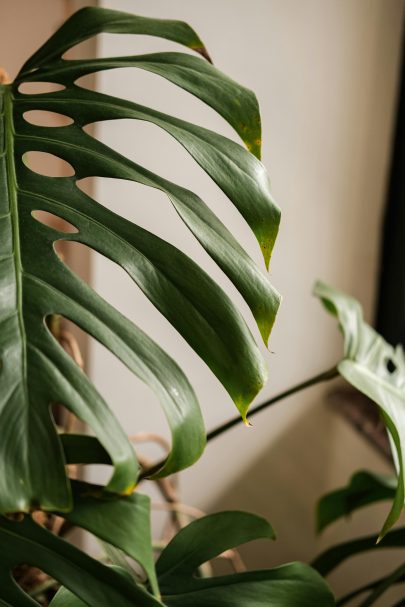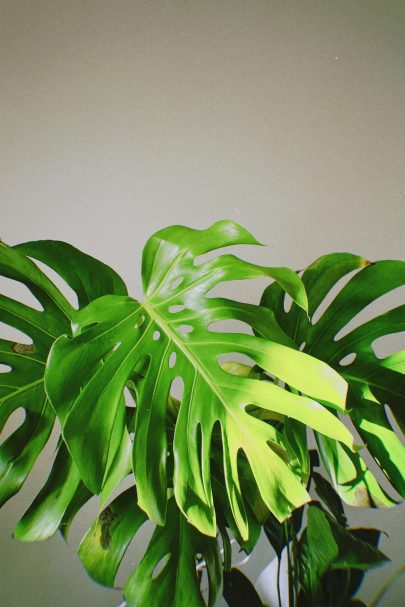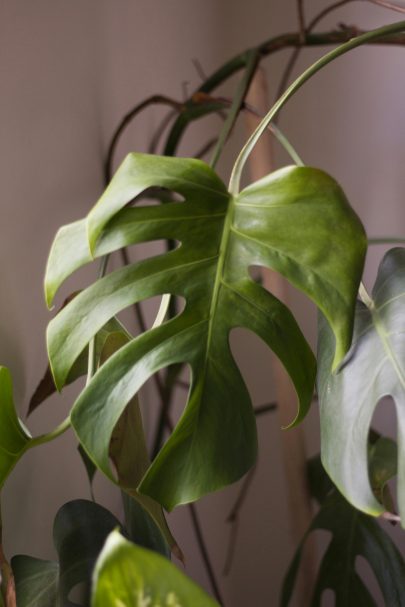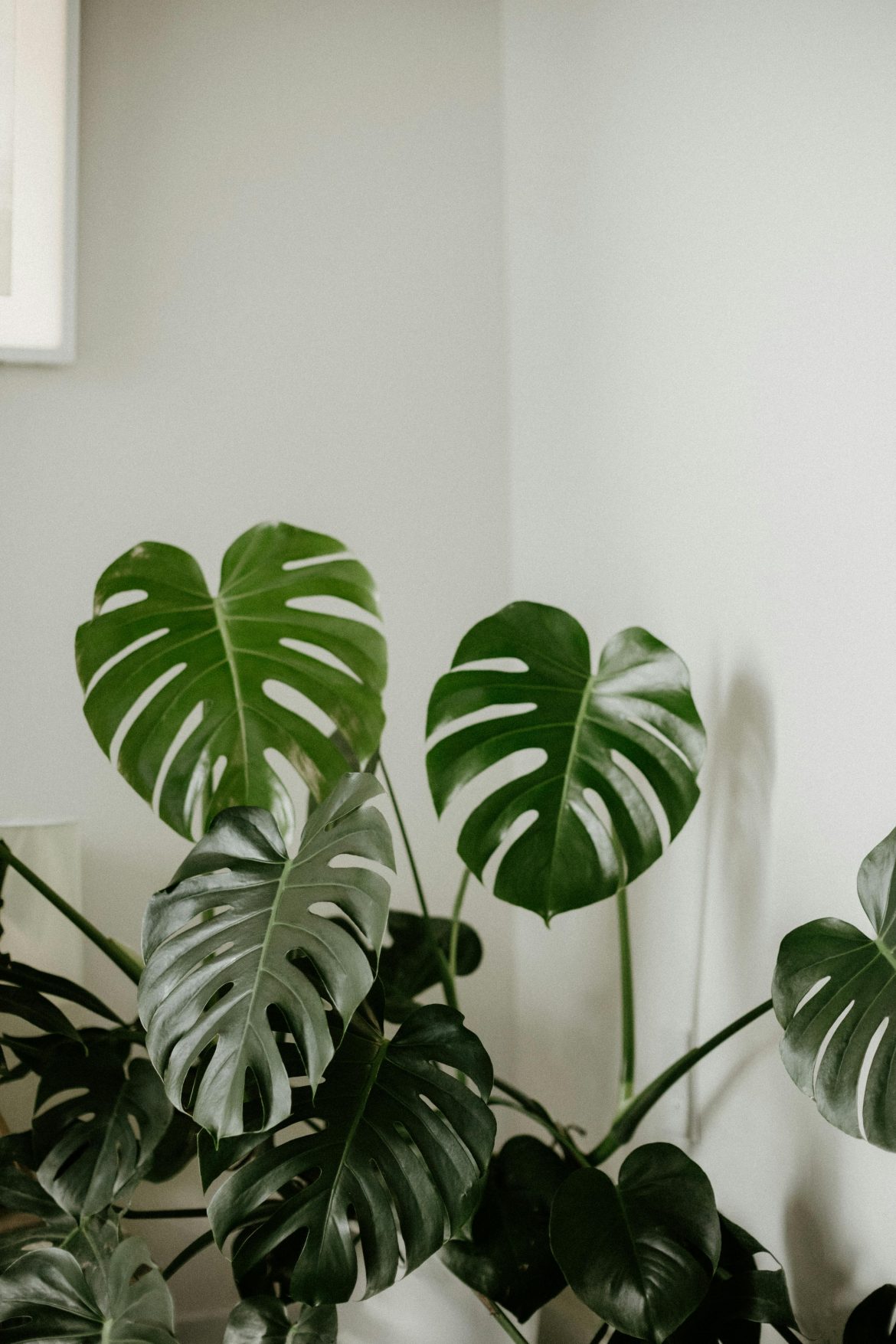Crisp edges, tan patches or a general droop are your monstera’s way of flagging a problem with light, water or roots. The reassuring part is that most issues reverse quickly once you pinpoint the cause. Use the guide below to match symptoms with solutions and get those glossy leaves back.
ALSO SEE: Houseplants that could trigger your allergies – and what to grow instead

Pexels
1. Thirst and water-repellent mix
Signs include papery tips, edges curling in and a pot that feels very light. Bone-dry potting mix can turn water-repellent, so irrigation rushes down the sides instead of soaking the root ball. Stand the pot in a basin of water for 20 to 30 minutes so moisture wicks up evenly, then drain well. Resume a steady routine by watering when the top few centimetres are dry, and give a thorough soak rather than small, frequent sips.
2. Constant wetness and early root rot
If leaves are limp with soft brown patches, the mix may be waterlogged. Starved of oxygen, roots begin to rot and you might notice a sour smell or fungus gnats. Slide the plant out, trim mushy roots and repot into a fresh, airy blend in a container with good drainage. Water only once the surface has dried and empty saucers within ten minutes.
3. Sun scorch from harsh rays
Bright light is great, but direct midday or afternoon sun can etch tan or brown patches with a pale halo, usually on the sides facing the window. Shift to bright, indirect light or filter with a sheer curtain. Make the move in stages and rotate the pot every few weeks so growth stays even.

Pexels
4. Dry indoor air and warm draughts
Low humidity and hot air from heaters or air-con can crisp leaf edges and tips. Keep the plant clear of vents and radiators, group it with other plants to create a slightly more humid pocket, and set the pot on a pebble tray with water below the base. Aim for consistent soil moisture; occasional misting is largely cosmetic.
5. Cold snaps and temperature swings
Cold glass, open windows or nighttime dips bruise leaf tissue and leave brown marks. Keep temperatures steady between 18 and 27°C, pull the pot 30 to 60 centimetres away from chilly panes in winter and avoid doorways that open and close often.
6. Sap-sucking pests
Spider mites, thrips, and scale puncture leaves and drain moisture. Look for a dull surface, fine speckling, tiny moving dots and delicate webbing under leaves. Isolate the plant, rinse foliage with lukewarm water and treat stems and undersides with a gentle insecticidal soap as directed. Repeat weekly for several rounds to catch new hatchlings. Improve airflow and wipe leaves to deter reinfestation.

7. Fertiliser burn and heavy, compacted mix
Over-feeding or dense, poorly draining compost can scorch roots and tip foliage brown. A white crust on the soil or pot rim hints at salt build-up. Flush the pot with clean water until the runoff is clear, let it drain and pause feeding for at least a month. If the mix is tight, repot into a lighter aroid blend: a peat-free houseplant compost loosened with bark and perlite so water can move freely.
Quick reset that keeps plants happy
Test moisture with a finger before you water, give bright indirect light, use a pot with drainage and an airy mix, hold temperatures steady, and check leaves weekly. Most brown or wilting monstera leaves trace back to one of the three basics: water, light or roots. Tidy damaged foliage and new leaves should emerge healthy again.
ALSO SEE:
Featured Image: Pexels
A version of this article was first published on Garden & Home.

